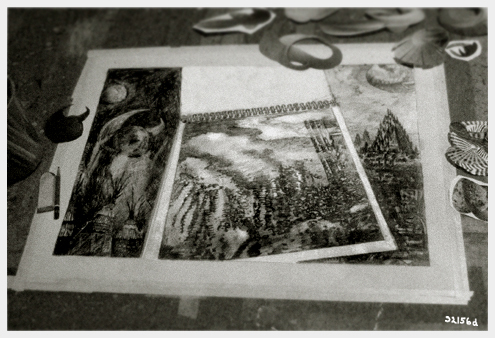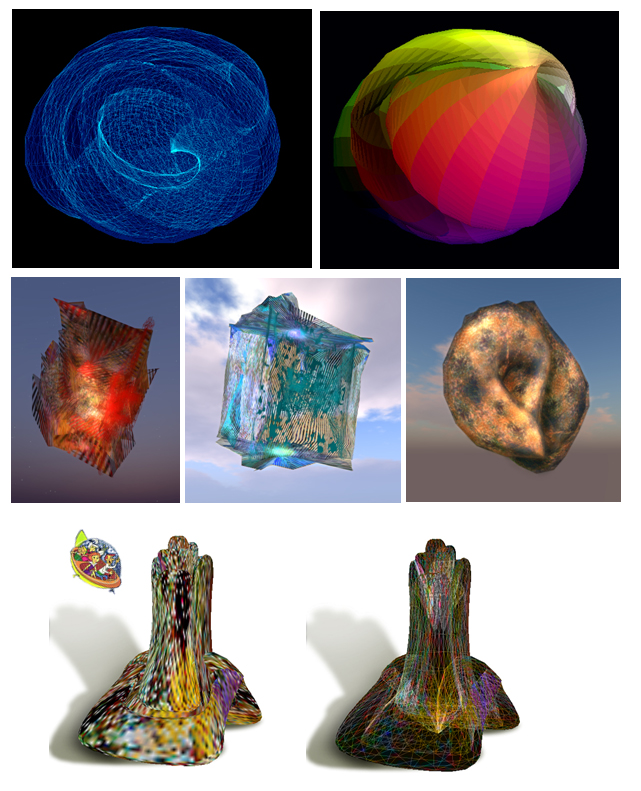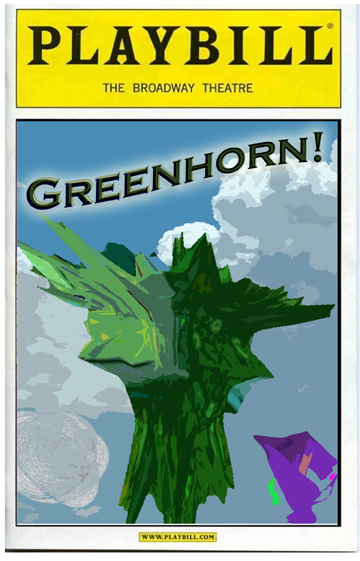|
July 15, 2010 Dear _________________________, I have been hard at work researching ideas for the artwork for you. Last week I was in the library and came across the Playbill to the popular Broadway musical of a few years back, “Greenhorn”. I know you (most especially ____________ ) remember this one—maybe you even saw it when it came through
Here is the cover: Of course there is a wealth of information about this guy. Most kids have to learn about him in school these days. And some of the songs were and are still quite popular—“Stucco’s Gotta Go,” and “Living Sub Lime.” The
|
|
 |
|
|
The concept of biostructure had been toyed with in the last century, but was limited to planting on the outside of buildings or walls. Greenhorn teamed up with Skippy Jorgensonne and Adele Miller at Genomixs to engineer the totally alive framework we live, work and play in now.Besides imagining the cyano-bacterial core concept Greenhorn also perfected the flowing shapes which maximized sunlight exposure and thus CO2 uptake. Later when the team genetically modified the bacteria any color instead of the natural brown/green/blue hues of the organisms could be used. Here are some early examples of those shapes: |
 |
©2010CTCHEW
